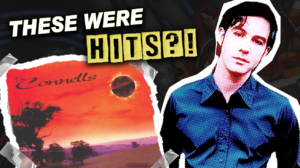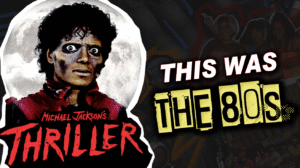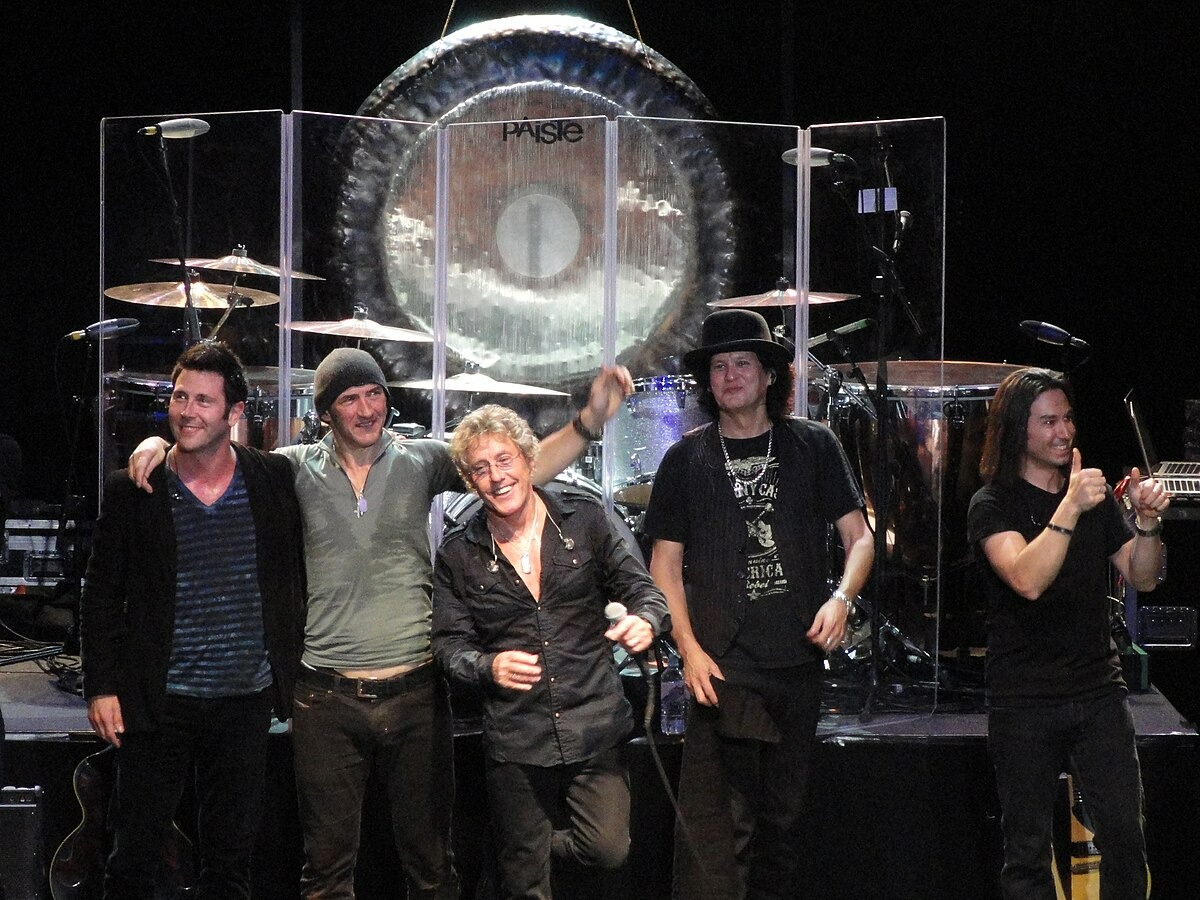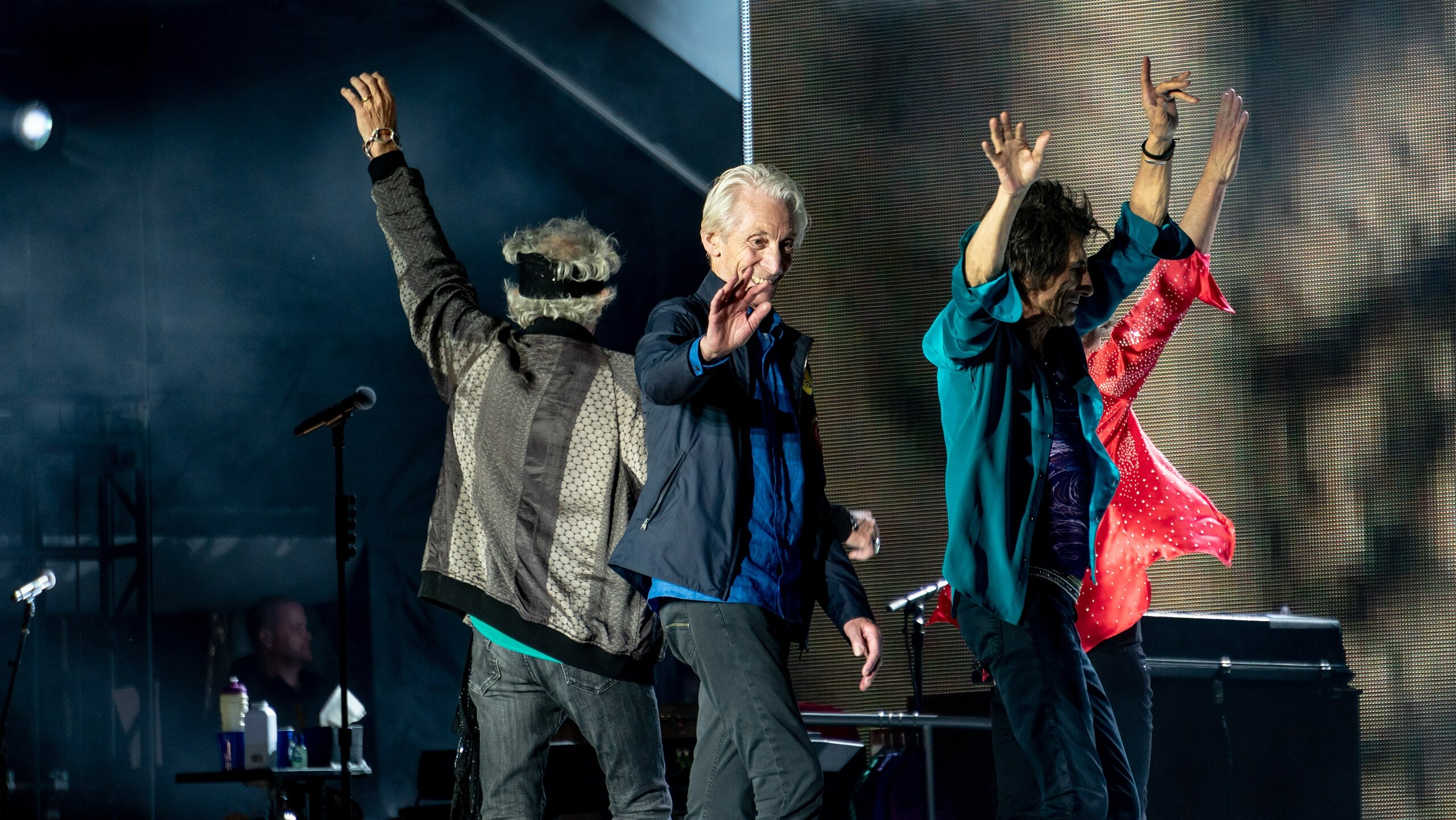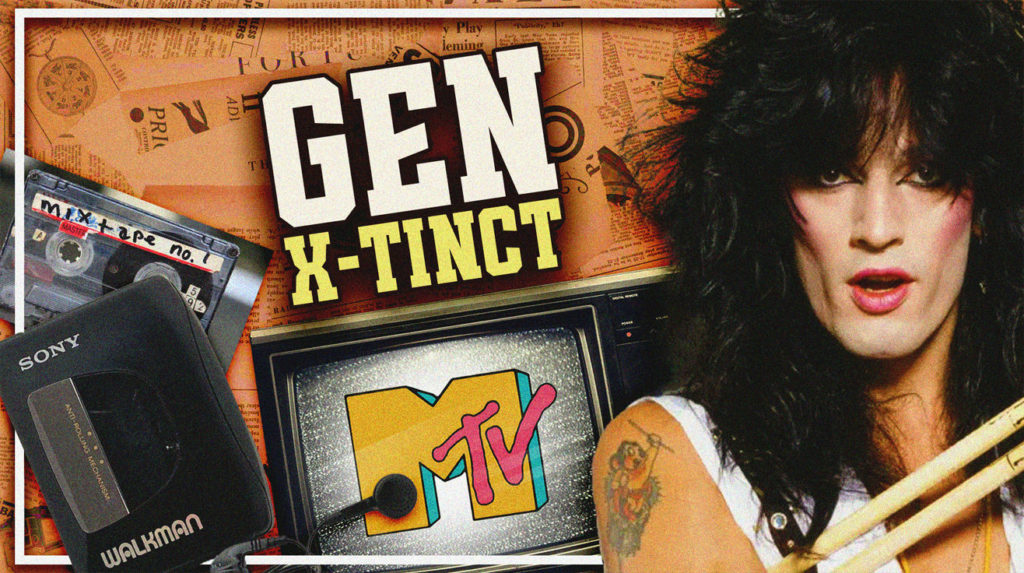
The cassette hiss before the digital age. Born between 1965 and 1980, Generation X witnessed technological change from a unique position. While Boomers grew up entirely analog and Millennials came of age with digital technology, Gen X straddled both worlds during their formative years. This perspective gave them a front-row seat to one of history’s most significant technological transitions.
This generation—raised with rotary phones and limited TV channels—eventually pioneered digital workplaces. Their technological coming-of-age story wasn’t seamless but filled with constant adaptation. As they navigated from physical media to digital formats, they developed resilience and flexibility.
The cultural artifacts from this transition reveal more than nostalgic memories—they demonstrate the foundations of how we consume media and technology today.
11. Making Mixtapes: Analog Curation
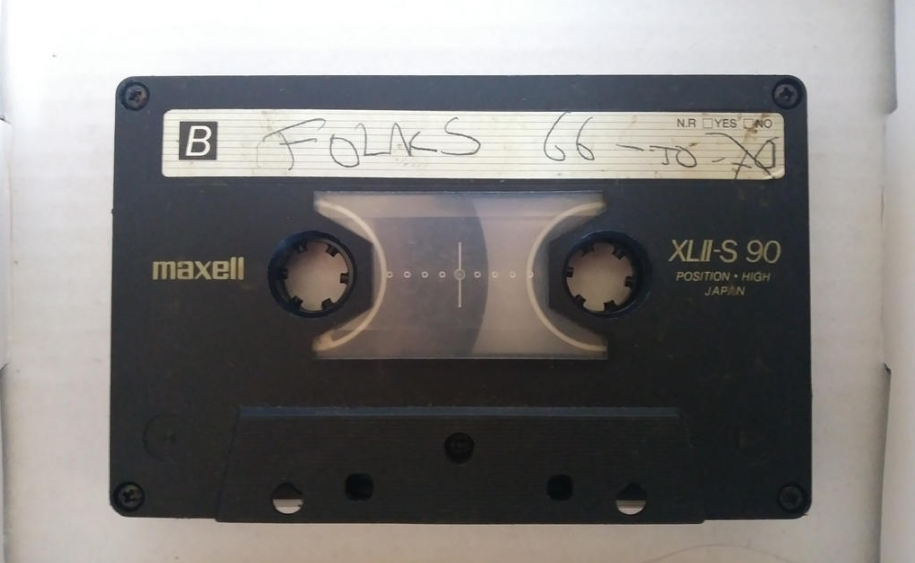
Gen X teens spent hours hunched over dual cassette decks, finger hovering above the record button waiting for the perfect moment to capture songs without radio DJ interruptions. The process required considerable patience—recording a song happened in real-time, with no acceleration or shortcuts. Each completed tape represented hours of focused work, planning, and artistic decision-making that today’s digital playlists don’t demand.
Mixtapes served as personalized music collections that communicated through careful song selection. The track order created emotional journeys, while handwritten labels transformed ordinary cassettes into unique creations. The skills developed through mixtape creation—curation, pacing, and creating thematic connections—anticipated modern content curation practices.
What digital streaming platforms now accomplish algorithmically, mixtapes achieved through intentional human selection, teaching an entire generation media organization skills that would later become valuable in digital environments.
10. Sony Walkman: Personal Audio Revolution

The Sony Walkman transformed music listening when launched in 1979. This innovative portable cassette player freed audio from home stereo systems, allowing users to create personal soundtracks for daily activities. The device introduced the now-familiar sight of people engaged with headphones in public spaces, creating individual audio environments within shared physical locations.
The Walkman’s significance extended beyond simple portability. Sony continued producing cassette Walkmans until 2010, spanning both analog and digital audio eras. The device established expectations for personalized, mobile media consumption that would later evolve through CD players, MP3 players, and ultimately smartphones.
The Walkman taught an entire generation to expect customized entertainment experiences that moved with them—establishing consumer expectations that continue to shape technology development today.
9. Blockbuster Video: Friday Night Ritual
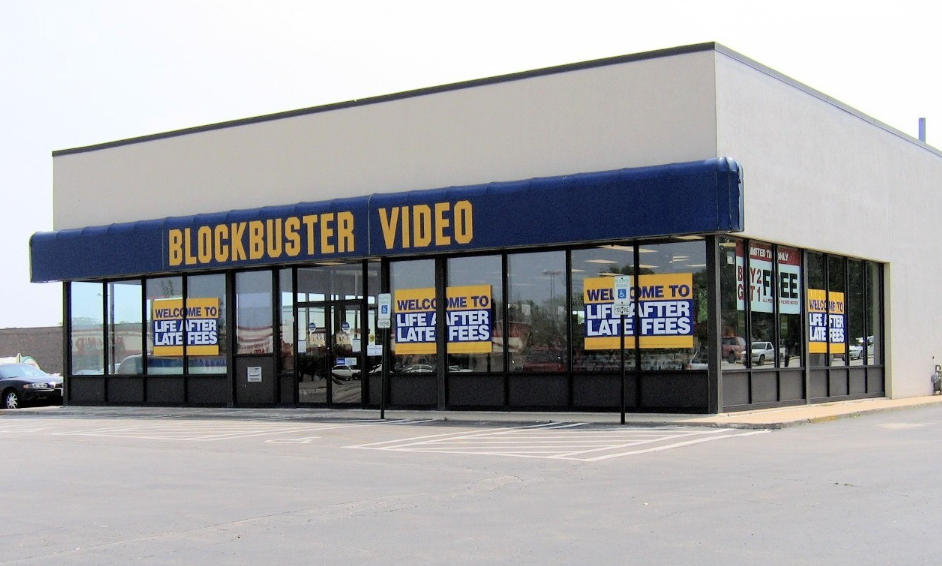
Friday nights at Blockbuster became a cultural tradition for Gen X families and social groups. The extensive rental chain (9,000+ locations at its peak) transformed movie watching from occasional theater outings to regular home entertainment. The physical browsing experience created a discovery system based on visual recognition and social interaction—an approach to content discovery that digital recommendation systems still aim to replicate.
Those plastic membership cards represented early consumer responsibility for many teenagers. Late return fees taught accountability, while the selection process involved negotiation and compromise among family members or friends. Blockbuster’s business decline (rejecting a Netflix partnership before filing bankruptcy in 2010) illustrates the challenges of adapting to technological disruption.
The sole remaining store in Bend, Oregon serves as a physical reminder of pre-streaming entertainment culture—a place where visitors can experience the once-common ritual of selecting physical media for home viewing.
8. Classic MTV: Cultural Gateway
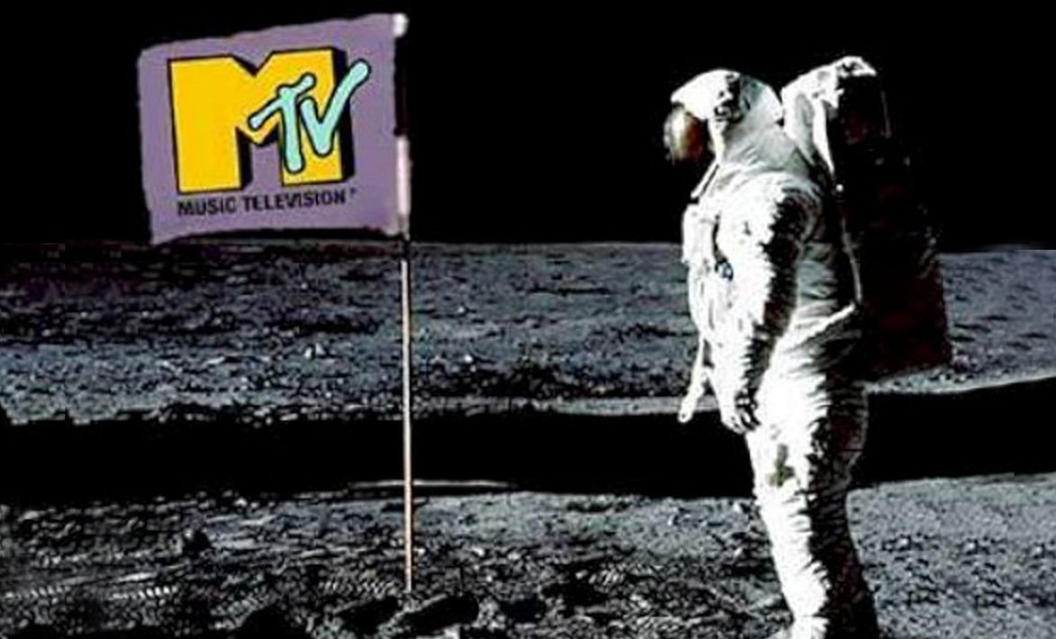
When MTV launched in 1981, it fundamentally changed music consumption by connecting audio with visual presentation. For Gen X viewers, the channel established visual aesthetics as integral to music appreciation, elevating image to the same importance as sound. Before internet fragmentation, MTV served as a central platform for youth culture, influencing fashion trends, slang, and social attitudes across the country.
The evolution of MTV’s programming reflected broader media changes. Beginning with music videos and VJs, the channel expanded to include original content like “Beavis and Butt-Head” and pioneered reality television with “The Real World.” This transformation from music-centered broadcasting to diverse entertainment anticipated today’s content landscape.
MTV’s gradual shift away from music videos toward reality programming paralleled the broader evolution from centralized mass media to specialized content channels—a transition that characterized Gen X’s experience with entertainment media.
7. After School Specials: Social Education
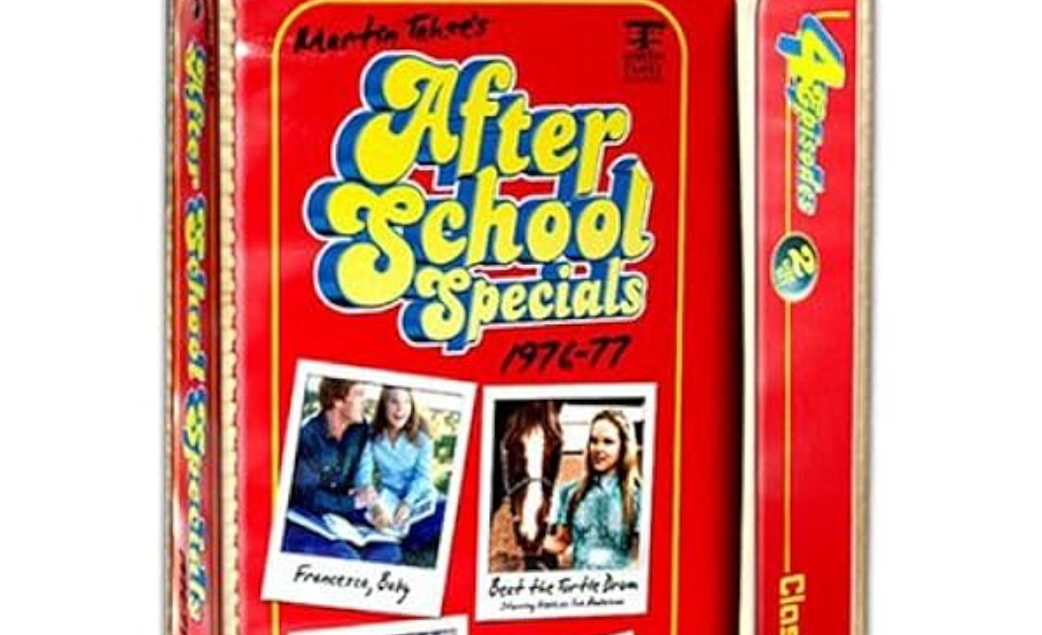
After School Specials addressed serious topics including substance abuse and racism when most television programming avoided controversial subjects. Running from 1972 to 1997—coinciding with the increase in latchkey Gen X children returning to empty homes—these programs introduced young viewers to complex social issues through dramatized scenarios. The specials often served as conversation starters for families discussing difficult topics.
Though sometimes criticized for heavy-handed messaging, these programs represented an early form of purpose-driven entertainment. Before these actors became household names—Viggo Mortensen and Marisa Tomei among them—they portrayed teenagers facing challenging situations.
The specials demonstrated television’s potential beyond pure entertainment, helping develop media literacy skills among young viewers. This programming approach influenced Gen X’s expectations of media, establishing that entertainment could simultaneously address serious social concerns while remaining accessible to younger audiences.
6. Hair Metal: Visual Spectacle
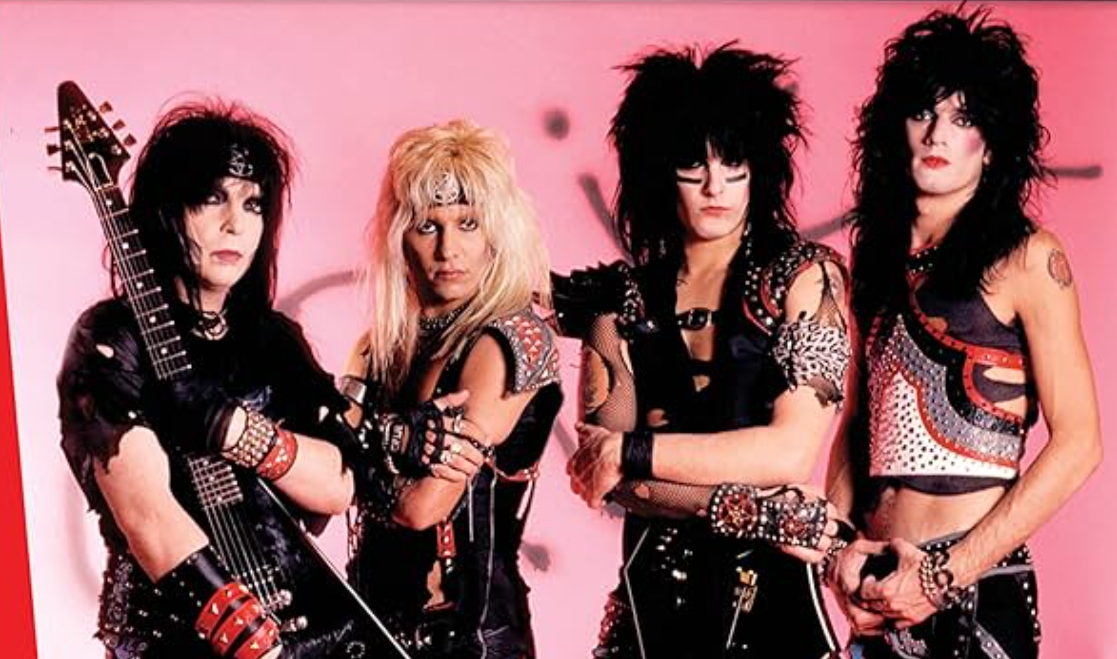
Hair metal combined theatrical performance with accessible hooks, dominating 1980s music culture. Bands like Mötley Crüe and Twisted Sister created distinctive visual identities featuring teased hair, makeup, and flashy costumes alongside their music. The genre emphasized both sound and spectacle, establishing visual presentation as essential to musical identity during Gen X’s formative years.
The music videos produced by hair metal bands featured high production values and cinematic approaches, helping drive MTV’s popularity. This visual emphasis anticipated later developments in artist branding and image cultivation. Though critics often dismissed hair metal for prioritizing image over musical substance, the genre achieved significant commercial success.
Despite facing competition from grunge in the early 1990s, hair metal established lasting cultural influence. These bands sold millions of albums during their peak and continue drawing audiences to reunion tours, demonstrating ongoing nostalgia for this distinctive musical era. Performances on MTV turned these bands into household names, with their over-the-top visuals and anthemic choruses dominating the airwaves.
5. Pagers: Early Mobile Communication
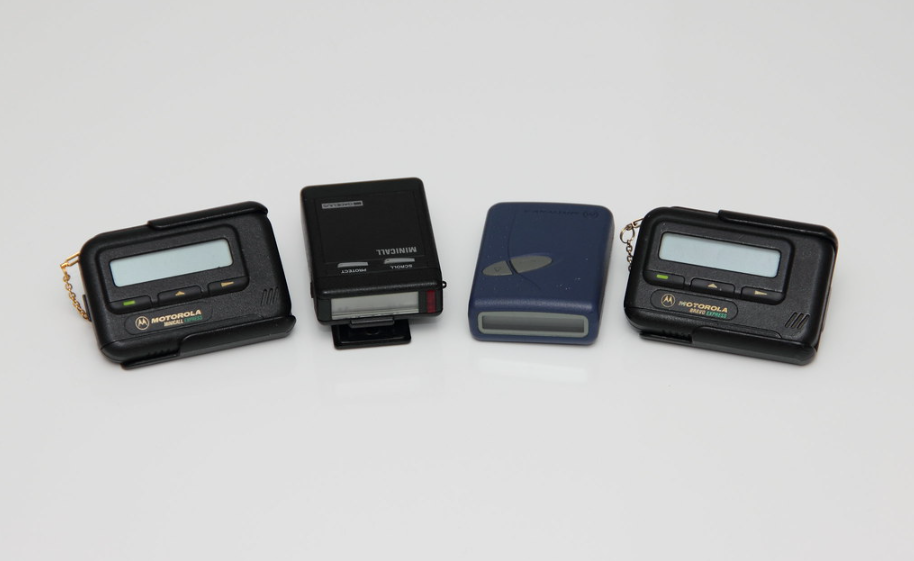
Pagers bridged the communication gap before cell phones became widespread. These compact devices received numeric or text messages while maintaining a clear separation between notification and response. Healthcare professionals and emergency services relied on pagers for time-sensitive communication, but they quickly gained popularity among the general public, including Gen X teenagers and young adults.
The technological limitations of pagers created a structured communication rhythm. Receiving a page meant finding a phone to return the call, creating natural intervals between message receipt and response. This system demonstrated how technology could enhance availability without requiring constant attention—a balance increasingly difficult to maintain with modern smartphones.
Pagers established early patterns of mobile communication and notification systems. While smartphones have largely replaced their functionality, pagers introduced Gen X to the concept of being reachable while away from home or office, establishing expectations for the connected communication that would follow.
4. Atari: Interactive Entertainment Pioneer
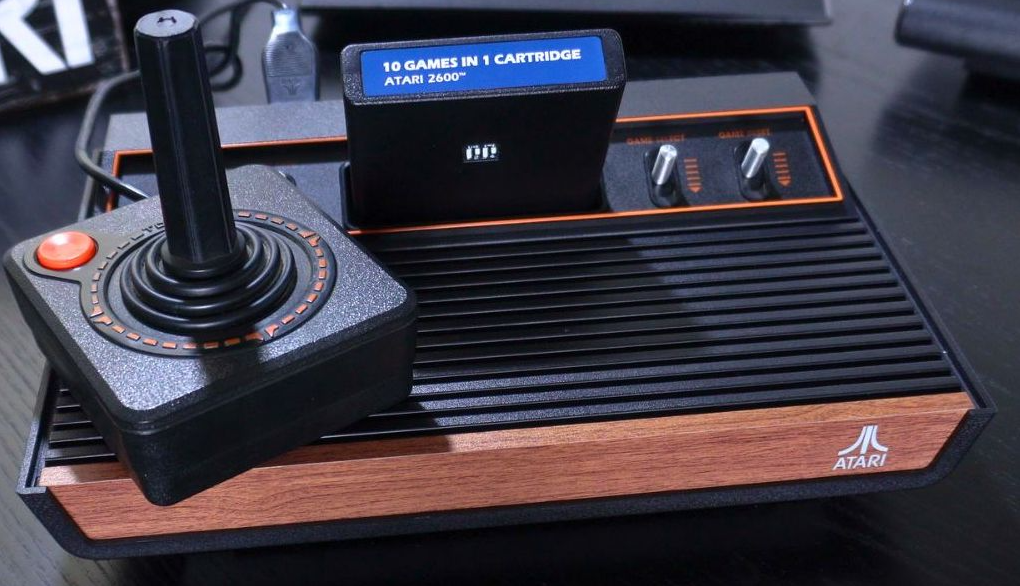
The Atari 2600 introduced interactive digital entertainment to Gen X households, transforming passive television viewing into participatory play. Released in 1977, this groundbreaking console with its distinctive joystick controller brought arcade-style gaming experiences like Pong and Pac-Man into family living rooms. The simplified graphics required players to use imagination to complete the visual experience, developing interpretive skills among young users.
Repeated play of Atari games developed pattern recognition and strategic thinking abilities while establishing early digital literacy. The video game market crash of 1983, partially attributed to Atari’s poorly received E.T. game, demonstrated the volatility of emerging digital entertainment markets.
For many Gen X members, Atari provided their first sustained interaction with digital technology, establishing familiarity with screen-based interfaces and interactive digital experiences. This early exposure to digital entertainment helped prepare a generation for the increasingly screen-mediated interactions that would characterize their adult work and leisure environments.
3. Gee Your Hair Smells Terrific: Sensory Marketing

This distinctively named shampoo exemplified the sensory-focused marketing approach of the 1970s personal care industry. The Andrew Jergens Company created a product recognized primarily for its distinctive fragrance rather than functional benefits. With its combination of chamomile, bubblegum, and sage scents, the shampoo created a memorable olfactory experience that made it stand out in a competitive market.
Gen X consumers encountered this product during formative years when marketing emphasized sensory appeal and distinctive branding rather than ingredient transparency or ethical sourcing. The yellow bottle disappeared from American shelves during the 1980s but continued production in the Philippines, showing how consumer products can find secondary markets globally.
This shampoo represents an early example of experience-based marketing that prioritized consumer sensory response—an approach that influenced expectations about product presentation and brand identity among Gen X consumers.
2. Being Offline: Disconnected Experience

Gen X grew up during a time when being unreachable was the default state rather than an exception. Attending concerts meant experiencing performances without the distraction of recording devices. Social gatherings existed exclusively as memories rather than documented social media events. The natural separation between professional and personal life occurred without needing specialized digital boundaries that today’s constant connectivity requires.
For this transitional generation, disconnecting from communication happened automatically when leaving work or school environments—no special settings or digital detox practices required. Their formative experiences without constant connectivity developed skills in focused attention and direct social interaction that younger generations must consciously cultivate. Music Legends of the ’60s may have inspired their parents, but Gen X carved out their own cultural identity in an era where attention wasn’t constantly divided
Gen X brings valuable perspective to digital wellness conversations, having personally experienced both the benefits of connectivity and the advantages of disconnection. This generational experience with both analog and digital worlds provides context for understanding technology’s impact on attention, relationships, and well-being.
1. Dial-Up Internet: Early Online Experience

The distinctive sound of dial-up modems connecting represented Gen X’s introduction to online connectivity. Early internet access required considerable patience—websites loaded element by element, and downloading even small files could take significant time. Establishing a connection often meant occupying the household phone line, necessitating family negotiations about internet usage times and duration.
Gen X navigated early text-based interfaces before graphical browsers became standard, developing digital literacy through direct engagement with computing systems. The deliberate nature of early internet access made online time purposeful rather than casual—each connection represented an intentional decision.
Technical limitations frequently caused connection failures, teaching troubleshooting skills and adaptability. These formative experiences with early internet technology shaped Gen X’s approach to digital tools—appreciating the convenience of modern connectivity while maintaining perspective about technology’s limitations and appropriate role in daily life.




